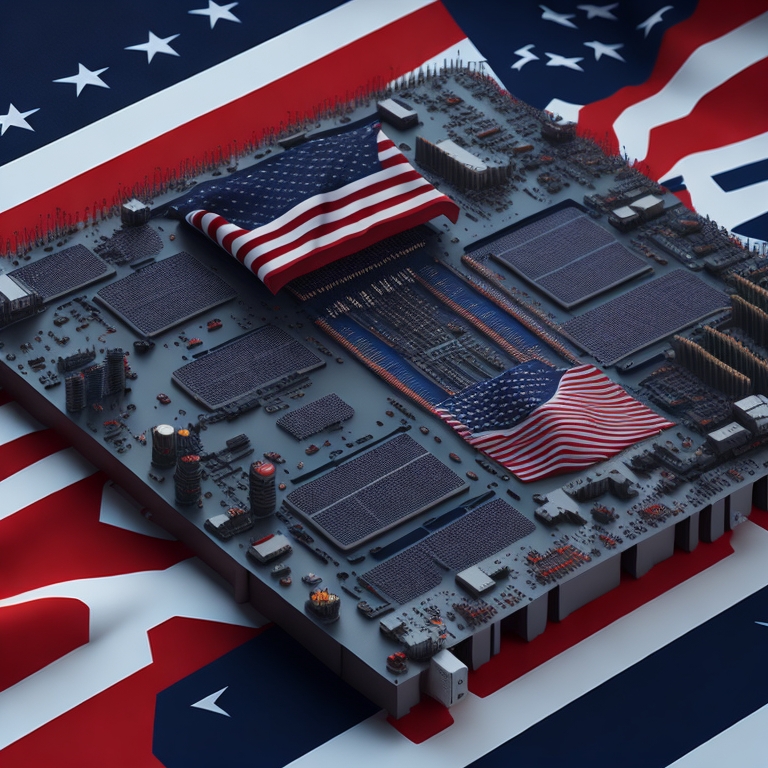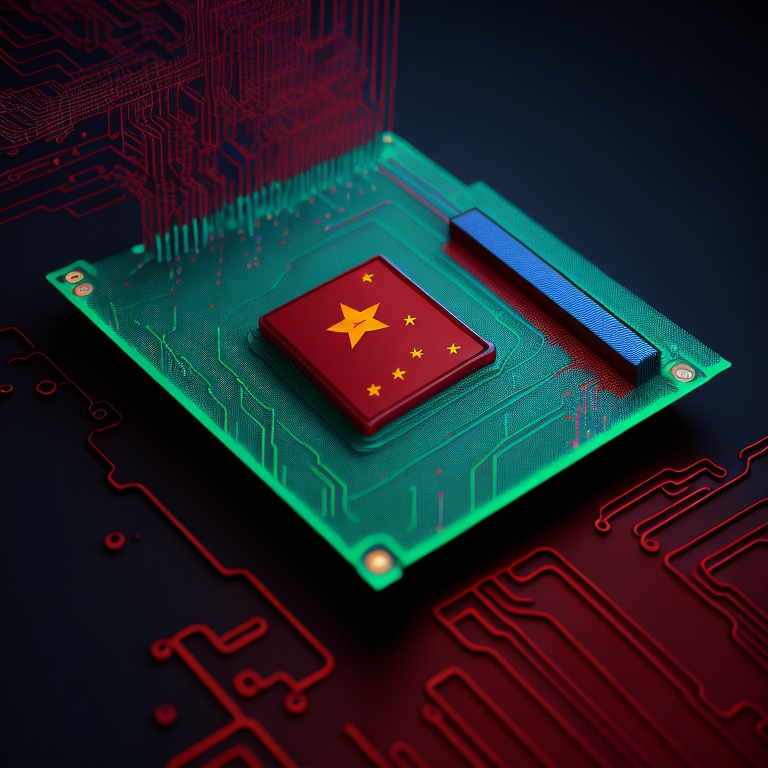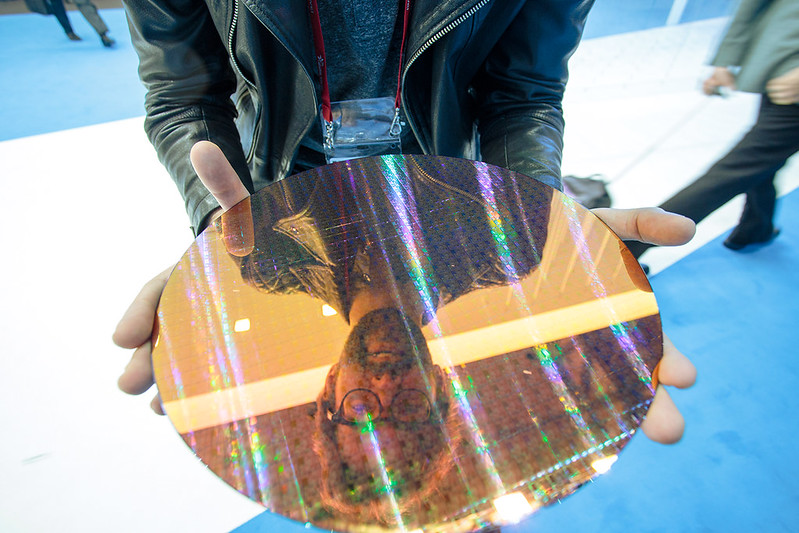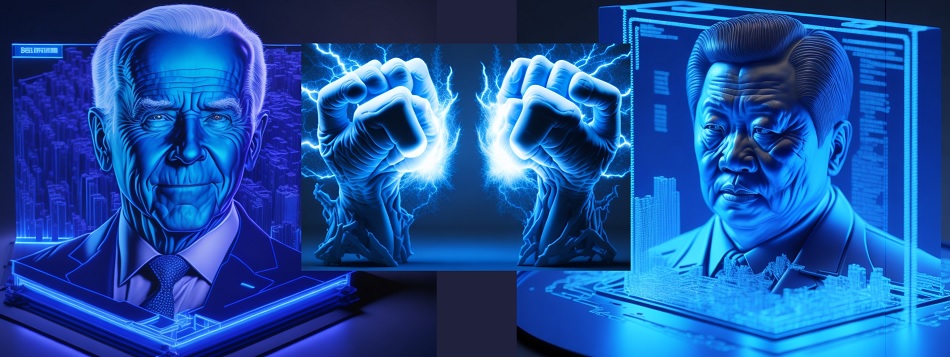The rivalry between the United States and China is becoming increasingly intense as they engage in a cold war on multiple fronts. One of the major areas of contention is the market for chips or semiconductors. These chips are crucial strategic assets and serve as the building blocks of modern technology, powering all the gadgets and devices we use. In this article we will explore the possibilities of how Huawei managed to bypass US sanctions, and builds an advanced 7nm microchip with the help of SMIC (Semiconductor Manufacturing International Corporation).
Huawei: A New Cold War Frontier?
Currently, the United States controls the chip market, dominating the design and supply of the most advanced chips. However, China is eager to gain access to these microchips, but the US has imposed restrictions on their supply to China.

The US – China chip saga began in 2019 when the US decided to limit Chinese firms’ access to essential tools necessary for manufacturing advanced chips. As a result, many companies, including Huawei, had to release limited batches of 5G smartphone models using stockpiled chips. Additionally, the United States convinced its allies, Japan and the Netherlands, to join in a ban on semiconductor equipment sales to China. However, it now appears that the Chinese have outmanoeuvred the Americans with the release of their new phone.
Huawei’s Mate 60 Pro with 7nm advanced chip : A Symbol of China’s Chip making Progress
Despite American sanctions, China has found ways to exploit loopholes. Huawei, a global leader in 5G technology, has managed to overcome American sanctions and has launched a new smartphone called the Mate 60 Pro. This phone features an advanced microchip that is being hailed as a breakthrough technology, it supports the latest 5G technology and offers speed comparable to the latest iPhone. How this company achieved such a huge feat despite the US sanctions is a question that begs exploration. To understand, we must delve into the company responsible for manufacturing this cutting-edge microchip.

China’s Secretive Chip Manufacturing Network & the SMIC
The advanced microchip is manufactured by SMIC (Semiconductor Manufacturing International Corporation), a Chinese chip maker that receives partial funding from the Chinese government. Consequently, Huawei’s new phone runs on an SMIC semiconductor. This chip, known as the Kirin 9000s, boasts speed equivalent to Apple iPhones and is incredibly challenging to produce.

Creating such microchips is akin to crafting a microscopic masterpiece on a canvas as small as a fingernail, filling it with billions of tiny transistors that are invisible to the naked eye. The manufacturing process involves highly sophisticated EUV (Extreme Ultraviolet Lithography) architected FABS that demand utmost precision. This is how these advanced chips are brought to life.

Mastering this skill is no easy task, but how did China manage to develop their own advanced integrated circuits? While we may not have a definitive answer, there are theories suggesting that this chip was created using cutting-edge European fabrication methods and instruments. However, it is highly unlikely that Europe directly provided this technology to Beijing, as such transfers are banned. So, how did China acquire it? Possibilities include that they are purchasing the technology before the restrictions were enforced or engaging in illicit activities such as theft.
Prior to the sanctions, China made significant semiconductor purchases, so it is possible that Huawei obtained chips from an existing stockpile. However, recent studies have highlighted that Huawei was secretly building a manufacturing network.
This phone making company has acquired chip-making plants, with their true objective being the chip-making equipment. All of this has been done with utmost secrecy, as Huawei concealed its ownership of these plants to evade Western sanctions. It is evident that the company enjoys full support from Beijing, as China has reportedly provided around $30 billion to Huawei for expanding semiconductor production. Clearly, the president is determined to bolster microchip production, and he has indeed achieved success, dealing yet another setback to American sanctions.
Check out the following articles aswell:
